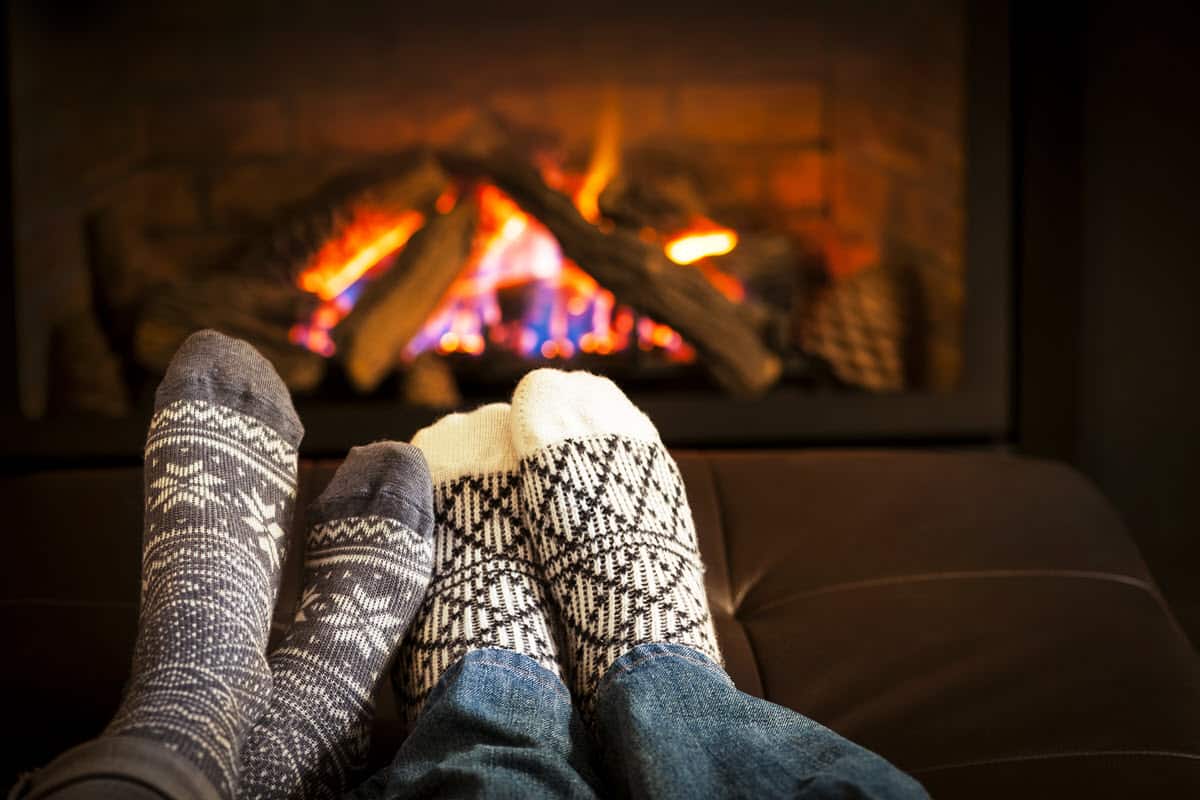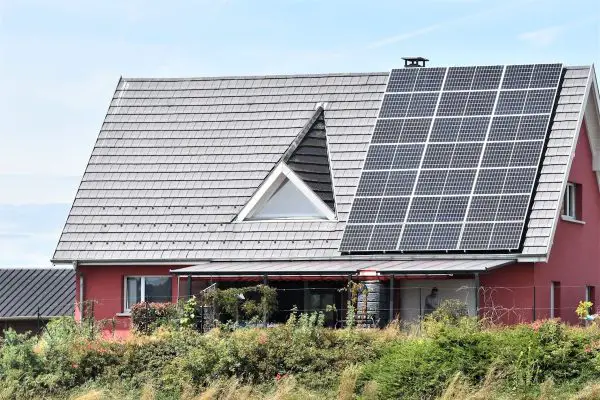Practical Ways to Winterproof Your Home

Estimated reading time: 4 minutes
Table of contents
- How To Properly Insulate a House Or Keep It Warm
- Tip # 1. Seal Doors, Windows and Electrical Outlets
- Tip # 2. Replace Filters
- Tip # 3. Place Rugs
- Tip # 4. Caulk It
- Tip # 5. Cover Possible Cold Air Entry Points
- Tip # 6. Use Space Heaters
- Tip # 7. Install A Heat Recovery Ventilator
- Tip # 8. Redirect Heat From Radiators
Winter is right on your doorstep. There’s no doubt you can feel it in your bones. So, what have you been doing to winterproof your home? You might already be losing heat. Or maybe the cold is rushing in. Either way, you and your family may end up shivering, freezing, or just overall not feeling so splendid.
How To Properly Insulate a House Or Keep It Warm
Before we get into the must-do’s, try going around the different corners of your home to find any leaks. A physical test of feeling cold air rushing in your windows, baseboards, or doorways can be the simplest way of doing it. Another is by using a thermal leak detector for a more accurate reading.
Now, here are some practical tips to winterproof your home.
Tip # 1. Seal Doors, Windows and Electrical Outlets
Doors and windows between your home and the outdoors most likely will be a cause for losing heat. Try sealing the gaps underneath and around doorways and windows. You can do this by placing weather seal strips for doors, a window insulation kit, or self-adhesive backing seals for windows. Don’t forget your garage door too.
Outlets can also be a source of heat loss and an entry point for a draft. Using switch sealers is a quick way to prevent that from happening.
Tip # 2. Replace Filters
The filters in your central heating system should be replaced regularly to provide optimum performance. This will also significantly reduce your energy cost. A simple yet practical way to winterproof your home.
Tip # 3. Place Rugs
Adding rugs on your floors acts like an insulator by keeping the heat in. Besides, who would want to walk on a cold wooden or tiled floor? Make sure you get a non-skid one to prevent accidents.
SEE ALSO: 12 Must-Have Winter Gadgets and Accessories
Tip # 4. Caulk It
Homes have gaps, whether you admit it or not. The most practical and easiest way to fill in the gaps is by caulking joints, seams, or baseboards. A caulking gun will help you do the work efficiently. You can find gaps around doors, windows, even pipes, and plumbing.
Tip # 5. Cover Possible Cold Air Entry Points
Other than gaps and cracks, you might also want to cover up pet flaps and letterboxes to winterproof your home. If you have a traditional keyhole, that should be covered too. Another possible entry point is through the flue of the chimney. You may also want to invest in a chimney balloon. This is one practical way to keep the warm air in and the cold air out.
You can also close up vents with magnetic covers. Make sure you don’t cover air vents that allow carbon monoxide to escape to prevent CO buildup. Investing in a CO alarm is essential, just to be safe.
Tip # 6. Use Space Heaters
You can use space heaters for small rooms instead of your centralized heater to lessen the cost. Try to keep your family in one room when you can. Shut the doors for rooms in the parts of your home that you aren’t currently using.
Make sure to choose heaters that have tip-over and overheat features for added safety.
Tip # 7. Install A Heat Recovery Ventilator
A heat recovery ventilator may sound impractical at first, but it will save you a lot on a long term basis, most especially in the span of 3 months. It works by recovering 60 – 65% of the heat that is supposedly lost and uses it with the outside air. It passes through a filter, so no worries of cross-contamination.
This not only helps you winterproof your home, but also dramatically improves your home’s air quality, minimizing or getting rid of mold, condensation, undesirable smells, dust mites, and, most importantly, toxic gas build-up.
SEE ALSO: 5 Amazing Photography Tips This Winter
Tip # 8. Redirect Heat From Radiators
Instead of allowing the heat of your radiator to go straight up into the ceiling, place a board above it and line it up with aluminum foil. You can also use heat reflector aluminum foil for maximum efficiency.
You’re actually using secondary heat. Don’t forget to bleed the radiator regularly and keep furniture away from it as well.
These are but a few tips to keep your home warm during the winter. You can have it done by a professional or learn how to do it yourself. Sometimes, it pays to prepare and invest in long-term gadgets, like a solar panel, for example, in getting ready for winter.
Did we miss anything? Do you have practical cold weather tips for home Let us know in the comments section below.







